
Lot 242
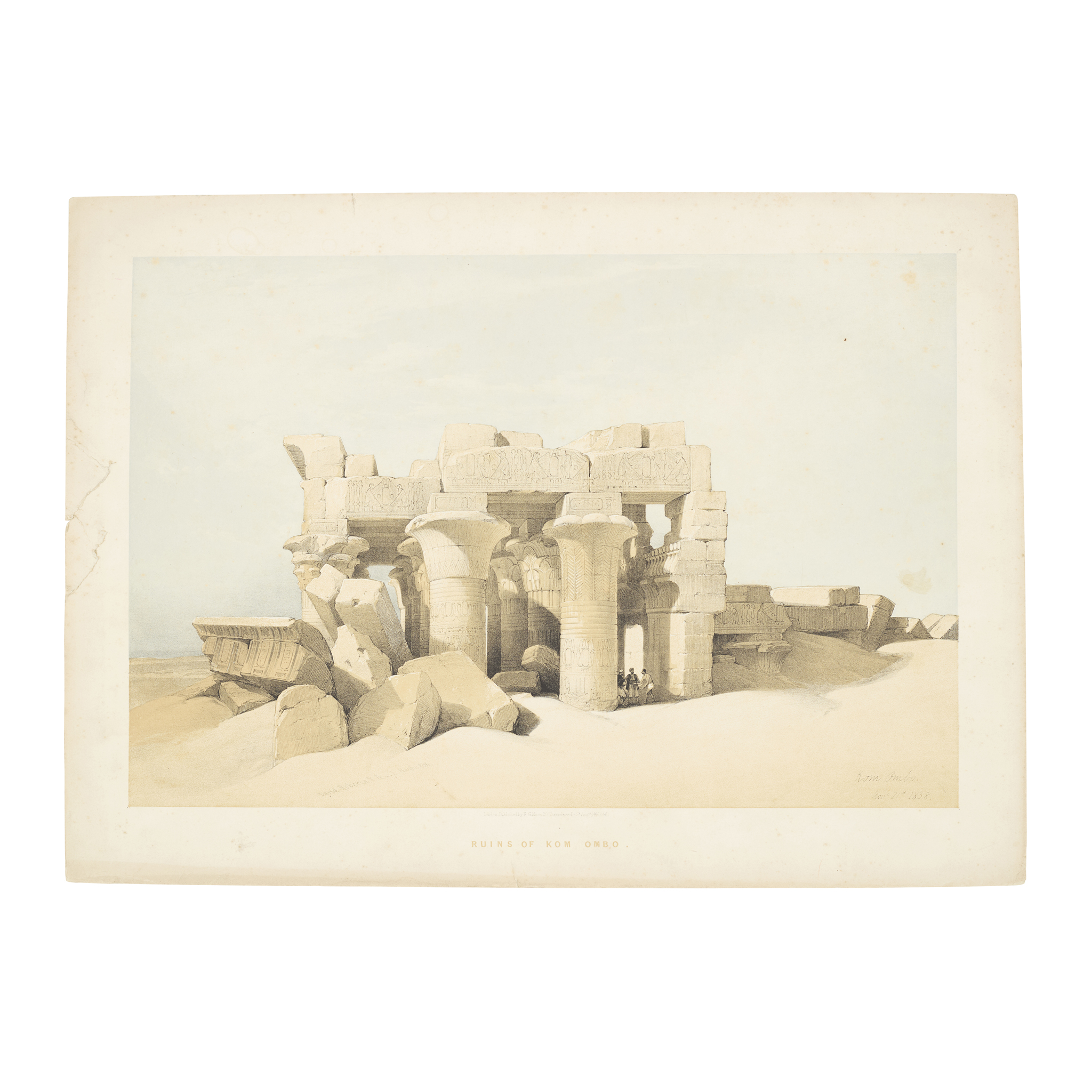
AFTER DAVID ROBERTS (BRITISH 1796-1864)
FOURTEEN PLATES FROM THE SERIES 'THE HOLY LAND, SYRIA, IDUMEA, ARABIA, EGYPT & NUBIA'
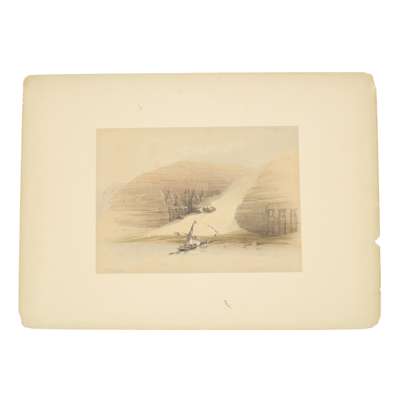

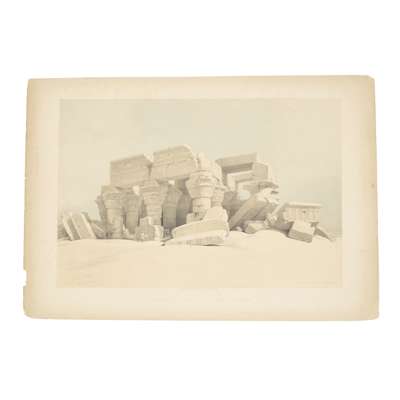
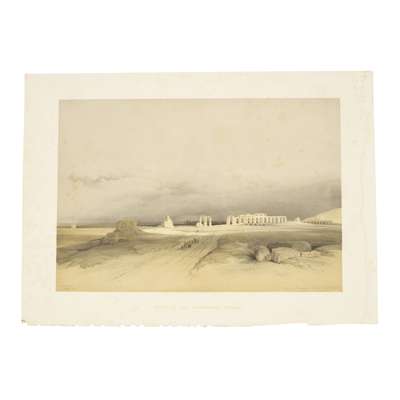
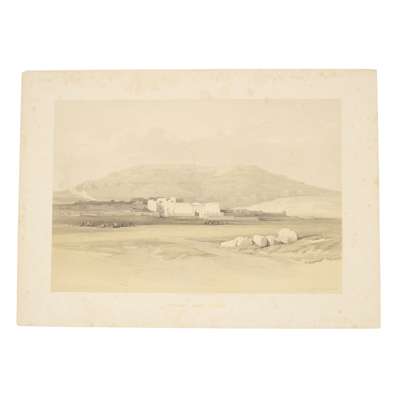
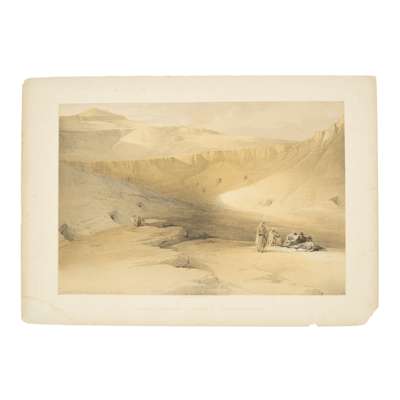
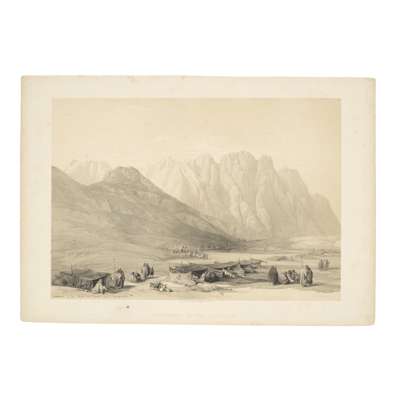
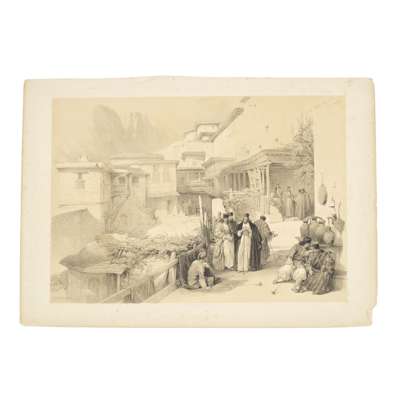
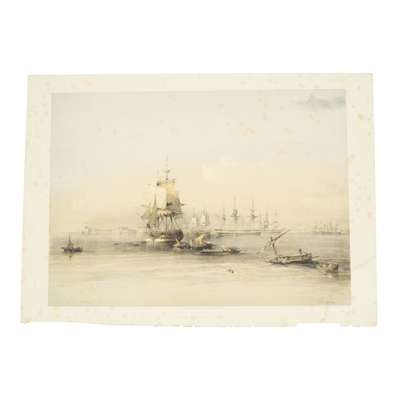

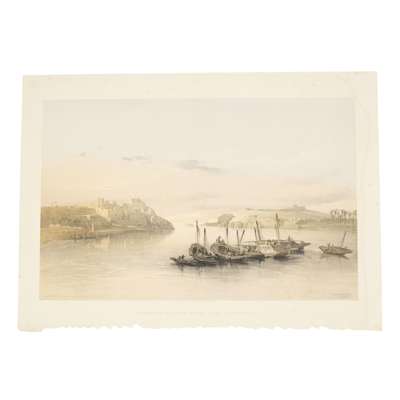
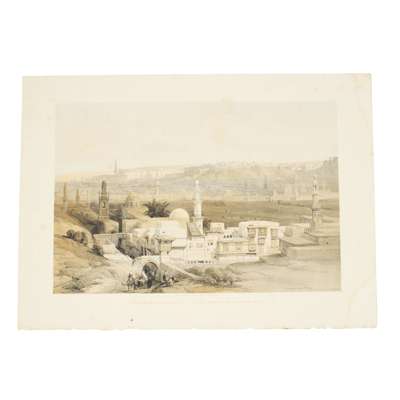
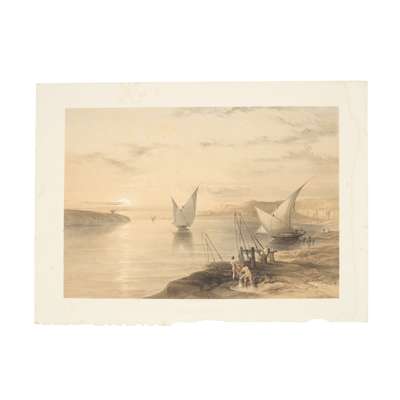
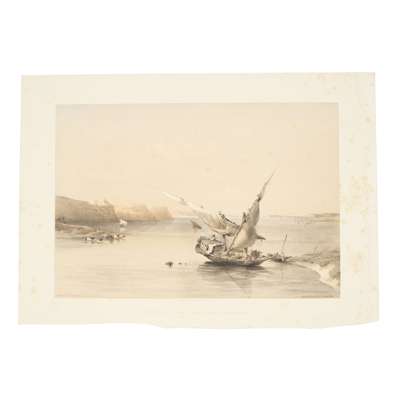
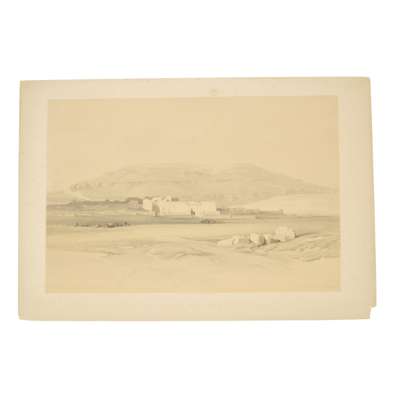
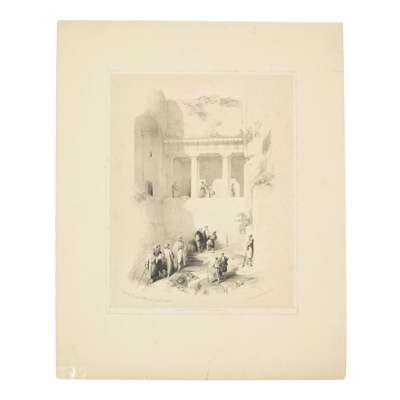
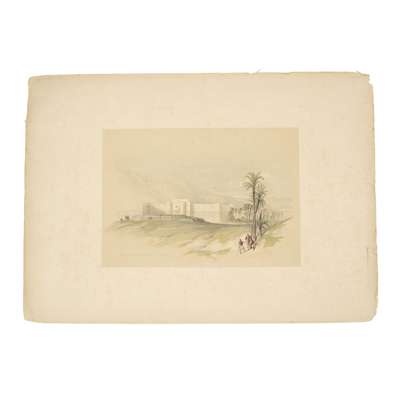


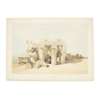
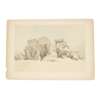
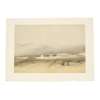
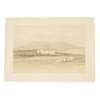
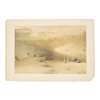
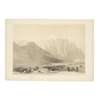
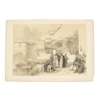
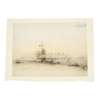
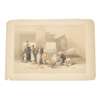
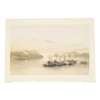
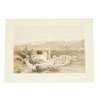
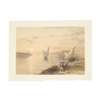

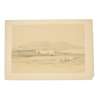
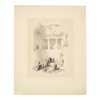
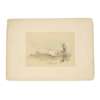
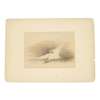
Auction: Lots 1 - 328 | 13 November 2024 at 10am
Description
lithographed by Louis Haghe (Belgian 1806-1855), all published by F.G. Moon, 20 Threadneedle Street, London, circa 1842-1849, including plates; Encampment of the Aulad-Said (1844); Convent of St Catherine, Mount Sinai (1845); Remains of the portico of the Temple of Kom Ombo (1846); Ruins of Kom Ombo (1846); Ruins of the Memnonium, Thebes (1847); Approach to the Fortress of Ibrim, Nubia (1847); Hadjar Silsilis (1847); Entrance to The Temple of Amun, Thebes (1847); Medinet, Abdu, Thebes (1847); Alexandria (1848); Medinet, Abdu, Thebes (1847) (Second copy); General View of Esouan and the Island of Elephantine (1848); Entrance to the Tombs of the Kings of Thebes, Biban-El-Molook (1848); Cairo from the Gate of Citzenib, Looking towards the Desert of Suez (1849); together with three other Roberts prints, including a cut down to the image and remounted plate of the series Egypt and Nubia, Volume II, ‘Excavated Temples of Abo Simble, Nubia’; ‘The Fortress of Akabah, Arabia, Petraea’, published by F.G. Moon, 20 Threadneedle Street, London, 1844; ‘Tomb of St. James, Valley of Jehosaphat’, published by F.G. Moon, 20 Threadneedle Street, London, 1843 (17)
Dimensions
set of the fourteen plates each 33cm x 49cm [plate margins only]
Provenance
Provenance: The Estate of the late Lynette F. H. Cole, Rutherford House, Town Yetholm, Scottish Borders
Footnote
Note: Roberts was the first professional artist to visit the Near East without a patron or a connection to a military expedition or missionary group. He sailed to Alexandria in 1838 and for eleven months travelled up the Nile River, across deserts and mountains, through Egypt and the Holy Land, to arrive in Jerusalem on Easter 1839. He continued north to Lebanon and departed from Beirut in May. Roberts recorded his impressions of landscapes, temples, ruins, and people in three sketchbooks and more than 272 watercolours. These sketches and paintings provided the basis for the 247 lithographs published with text between 1842 and 1849 as the three-volume "Holy Land." The images were produced by Louis Haghe, the best and most prolific lithographer of the time. Originally from Tournai, Belgium, Haghe moved to England before 1825 and established himself as specialist of the hand-tinted lithograph. His sensitive handling of the lithographer's tools imparts a range of tonality and colour as well as a sense of the delicacy and spontaneous quality of Roberts's original images. Roberts's plates are among the most popular images of famous sites in the Near East. As John Ruskin wrote they make "true portraiture of scenes of historical and religious interest. They are faithful and laborious beyond any outlines from nature I have ever seen."



































